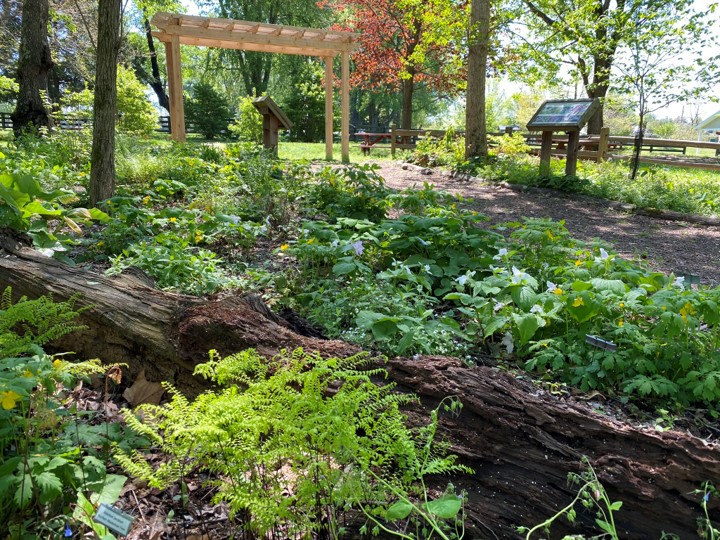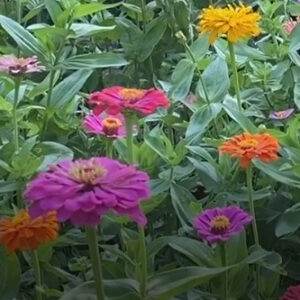April is Native Plant Month
by Christy Rybka
What are native plants?
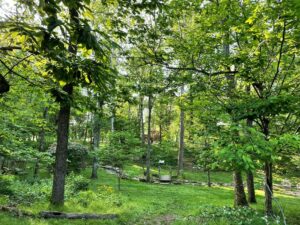 The term “native plant” refers to any plant that naturally occurs in the region from which it originated. Some common native plants in Kentucky include goldenrods, milkweeds, coneflowers, and trilliums.
The term “native plant” refers to any plant that naturally occurs in the region from which it originated. Some common native plants in Kentucky include goldenrods, milkweeds, coneflowers, and trilliums.
Native plants are being threatened by construction and urbanization, and by the introduction of non-native invasive plants that threaten to take over the habitat of many native species. Protecting and spreading awareness of native plants is more important now than ever before.
Why are non-native plants harmful?
According to the U.S. Department of Agriculture, non-native invasive plants have contributed to the decline of 42% of U.S. endangered and threatened species.[1]
When a non-native plant invades a habitat, it competes with native plants for water, sunlight, nutrients, and space. Non-native plants, which often have aggressive root systems and produce large quantities of seeds, spread so aggressively that native plants cannot survive in their own habitats. Over time, non-native plants disrupt the homes of native wildlife, decrease plant diversity, lower the quality of soil and water, and negatively impact the overall health of the local ecosystem.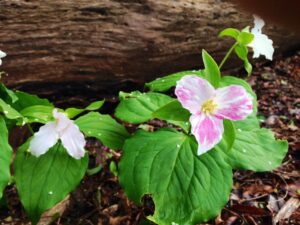
Why are native plants important?
Native plants form important relationships in an ecosystem that helps maintain a healthy balance between plants, animals, and pollinators. Without native plants, local bees, birds, and wildlife do not have the necessary food sources and shelter needed to survive, causing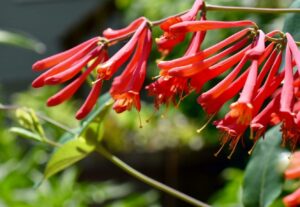 widespread long-term damage.
widespread long-term damage.
What are the benefits of native plants?
Native plants naturally are adapted to the soils, water levels, and varying temperatures of their home landscapes. The plants do not require harmful fertilizers, pesticides, or chemicals and require much less water to survive than many demanding, high maintenance non-native plants.
How can you help?
By planting native trees, shrubs, and flowers, we, too, can support our local ecosystem and all of the flora and fauna within.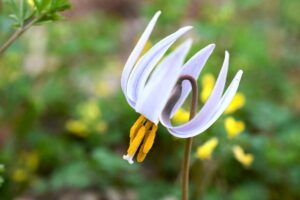
Plant Natives
Here are some of our favorite Kentucky native plants:
Perennials:
- Bee Balm (Monarda spp.)
- Black Eyed Susan (Rudbeckia hirta)
- Blazing Star (Liatris spp.)
- Coneflowers (Echinacea purpurea, E. pallida)
- Cup Plant (Silphium perfoliatum)
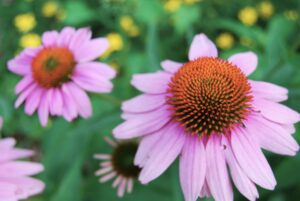
- Foamflower (Tiarella cordifolia)
- Goldenrod (Solidago spp.)
- Ironweed (Vernonia spp.)
- Joe Pye Weed (Eupatorium fistulosum)
- Milkweeds (Asclepias spp.)
- Trilliums (Trillium spp.)
- Trumpet Honeysuckle (Lonicera sempervirens)
- Wild Geranium (Geranium maculatum)
Grasses:
- Big Bluestem (Andropogon gerardi)
- Indiangrass (Sorghastrum nutans)
- Little Bluestem (Schizachyrium scoparium)
- Prairie Dropseed (Sporobolus heterolepis)
- Switchgrass (Panicum virgatum)
Trees:
- American Beech (Fagus grandifolia)
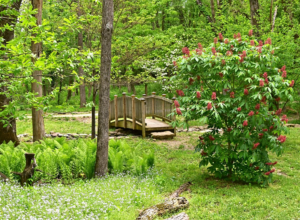
- Bigleaf Magnolia (Magnolia macrophylla)
- Black Cherry (Prunus serotina)
- Black Walnut (Juglans nigra)
- Chestnut Oak (Quercus montana)
- Eastern Redbud (Cercis canadensis)
- Flowering Dogwood (Cornus florida)
- Kentucky Coffeetree (Gymnocladus dioicus)
- Red Maple (Acer rubrum)
- Tulip Poplar (Liriodendron tulipfera)
Remove These Non-Natives
You can do your party by preventing the spread of non-native invasive plants. Here are a few that are being removed at Creasey Mahan Nature Preserve:
- Bush Honeysuckle (Lonicera maackii)
- Garlic Mustard (Alliaria petiolata)
- Multiflora Rose (Rosa multiflora)
- Poison Hemlock (Conium maculatum)
- Tree of Heaven (Ailanthus altissima)
If you have non-native invasive plants on your property that can be removed, please dispose of them responsibly to avoid the spreading of seeds in uninvaded areas.
To learn more about native plants in Kentucky, visit the Woodland Garden at Creasey Mahan Nature Preserve where there are more than 200 species of wildflowers, 110 species of ferns, and 54 species of shrubs and trees! To learn more about native plants from your own home,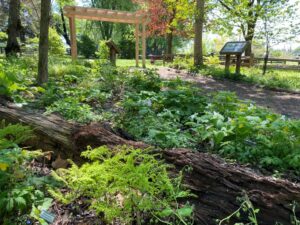 visit the Plant Directory on our website where you can learn about all of the plants at Creasey Mahan Nature Preserve online.
visit the Plant Directory on our website where you can learn about all of the plants at Creasey Mahan Nature Preserve online.

